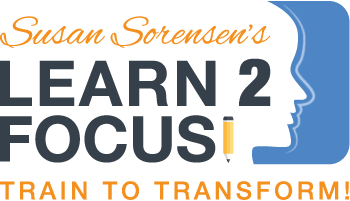Part 1: Q&A With Neurodevelopmental Movement Expert Canelle Demange
/Today I’d like to share an exclusive interview I did with my good friend Canelle Demange, a neurodevelopmental movement and Body-Mind Centering practitioner here in Honolulu. She’s an expert in working with adults and children to improve and promote healthy neurodevelopment through movement, especially for people affected by ADHD and autism.
Canelle is incredibly talented and knowledgeable in what she does, and was kind enough to be interviewed for this week’s blog – perfect since we have been talking about primitive reflexes and how they can affect our keiki. She’s a wealth of information, so please stay tuned for part 2 of the interview this Thursday.
For more information about what she does, you can visit canelledemange.com!
What got you interested in working in this field?
Many things got me interested in working in this field: My love for movement as a dancer, my love for teaching as an art form of communication and transmission and my love for language movement being our first and universal language. My personal experiences also, which led me to explore the therapeutic aspect of movement as a healing process. And finally, my love for depth and exploration to make a difference in this world.
How does developmental movement neurological reorganization work?
Developmental movement is the movement that babies do in the first year of life. When you go back to these early patterns of movement that organize the brain, you have a chance to heal the parts of the brain that have not matured yet. When the brain has experienced some kind of trauma, its capacity to function can fall apart. The information that our sensory system processes can become very confused and the brain then can feel overwhelmed. Reflexes are like the letters of the alphabet – with practice you learn to combine them together and be able to execute more complex forms of movement. Reflexes organize movement and movement develops the brain.
How do retained primitive reflexes tie in with Body-Mind Centering (BMC)?
In BMC, we study primitive reflexes and also study the whole sequence of developmental movement which is the process of integration of the movements that babies do in the first year of life. Retained primitive reflexes are reflexes that haven't been integrated, and in BMC, we look at the concept of "support precedes movement " and how we can facilitate the experience of these reflexes.
What are some specific exercises that you do for children with ADHD or autism?
First of all, the brain body cannot learn unless the child feel safe, so the first thing to do is to create safety through my presence and my voice. You could say this is a cellular resonance so that the subconscious brain can relax and feel safe.
Second, I do not want to give more information to the brain that is already overwhelmed or has too much information to process. So I would choose some gentle rocking rhythms that were already present in the fluid environment of the womb and will calm the brain and balance the nervous system.
Then we can feed the brain with movement patterns and I like to be playful. I also recommend doing sensory work with the child, such as compression brushing which stimulates all of the proprioceptor's that also creates the sense of safety as the body gets to know where it is in space. I also encourage a lot of vestibular work, such as bouncing on balls, twirling and more.
Stay tuned for Part 2 later this week!

